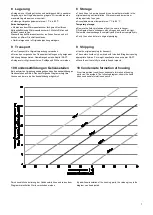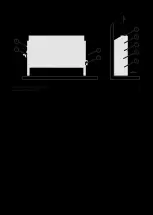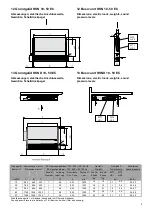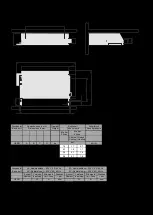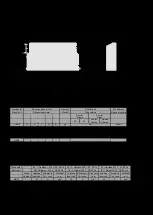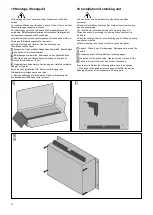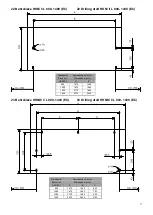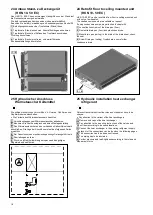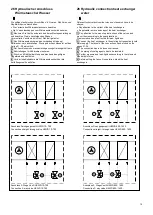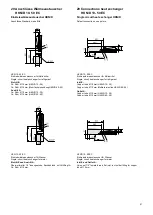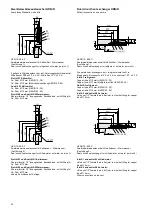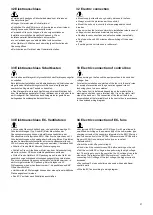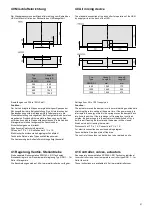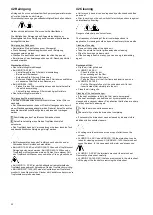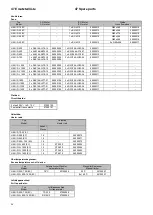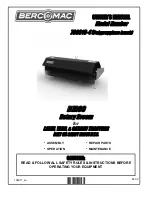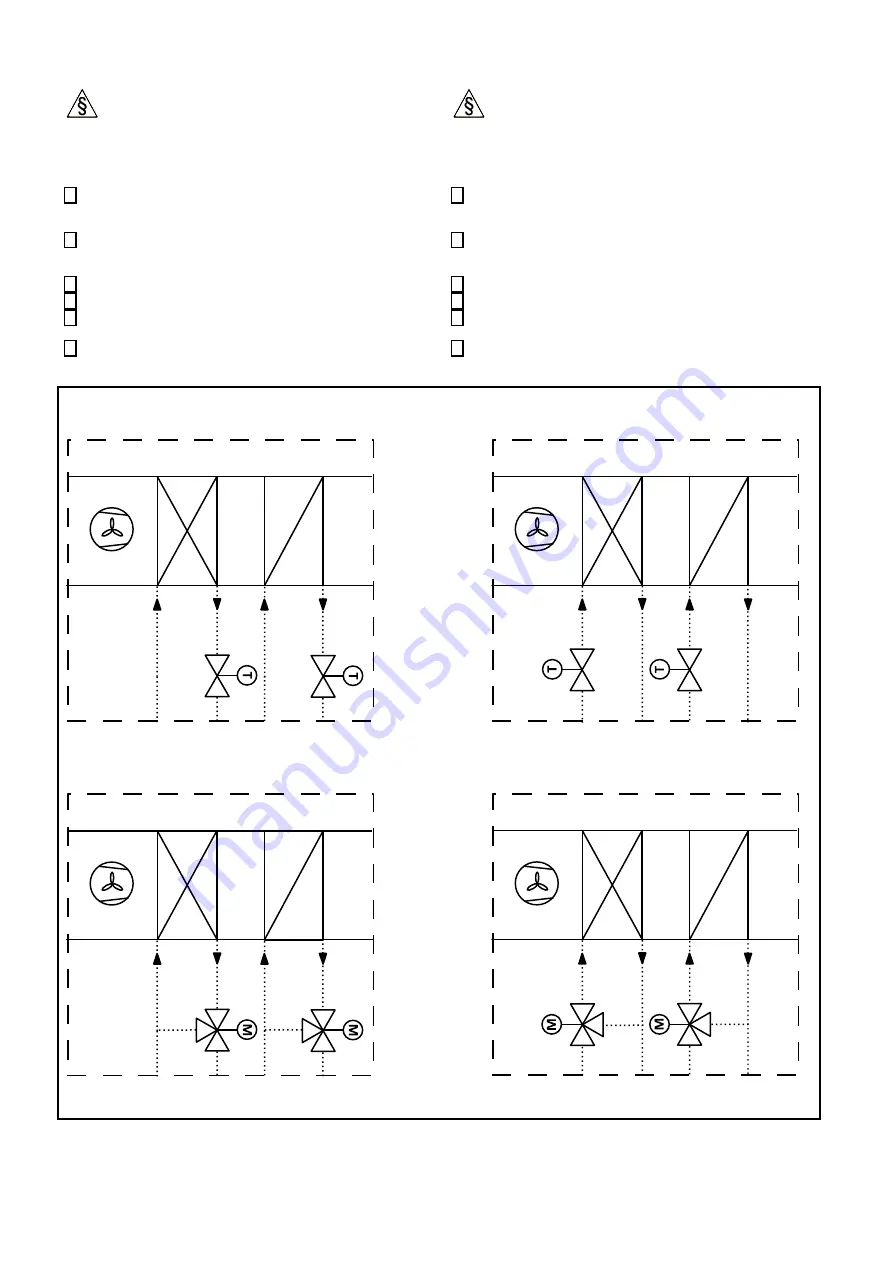
19
26 Hydraulischer Anschluss
Wärmetauscher Wasser
Die gültigen technischen Vorschriften d.h. Normen, Richtlinien und
Regelwerke sind einzuhalten.
•
Die Variante des Wärmeaustauschers beachten.
•
Ggf. Verschlusskappen vom Wärmeaustauscher abnehmen.
1.
Montieren Sie Ventile entsprechend deren Montageanleitungen
und beachten Sie die nachfolgenden Skizzen.
Vormontierte Ventile sind nicht auf Dichtheit getestet.
2.
Den Wärmeaustauscher an das vorhandene Heizung/-
Kaltwasser- netz anschließen. Die Lage der Anschlüsse ist auf den
Seiten 21- 26 ersichtlich.
3.
Der Anschluss muss mechanisch spannungsfrei ausgeführt sein.
4.
Rohrleitungen für Kühlmedien isolieren.
5.
Druck- und Dichtheitsprüfung entsprechend den gültigen
Regelwerken durchführen.
6.
Vor der Inbetriebnahme die Wärmeaustauscher über die
Entlüftungsventile entlüften.
26 Hydraulic connection heat exchanger
water
Relevant technical advices like rules and standards have to be
obeyed.
•
Pay attention to the variant of the heat exchangers.
•
If applicable remove end caps of the heat exchanger.
1.
Pay attention to the mounting instructions of the valves and
mount them according to these explanations.
Premounted valves aren’t tested for leak- tightness.
2.
Connect the heat exchanger to the existing hot respectively cold
water supply. The layout of the connections can be found on the
pages 21-26.
3.
The connection has to be done unstressed,
4.
The piping of cooling agents has to be insulated.
5.
Perfom pressure and leak-tightness according to the rules and
standards in force.
6.
Before setting the fan coil in operation, bleed the heat
exchangers.
Anschluss Durchgangsventil HKN/D 10- 700
Anschluss Durchgangsventil HKN/D 800- 1400
Connection straight- through valve HKN/D 10- 700
Connection straight- through valve HKN/D 800- 1400
Anschluss 3- Wege Ventil HKN/D 10- 700
Anschluss 3- Wege Ventil HKN/D 800- 1400
Connection 3- way valve HKN/D 10- 700
Connection 3- way valve HKN/D 800- 1400



